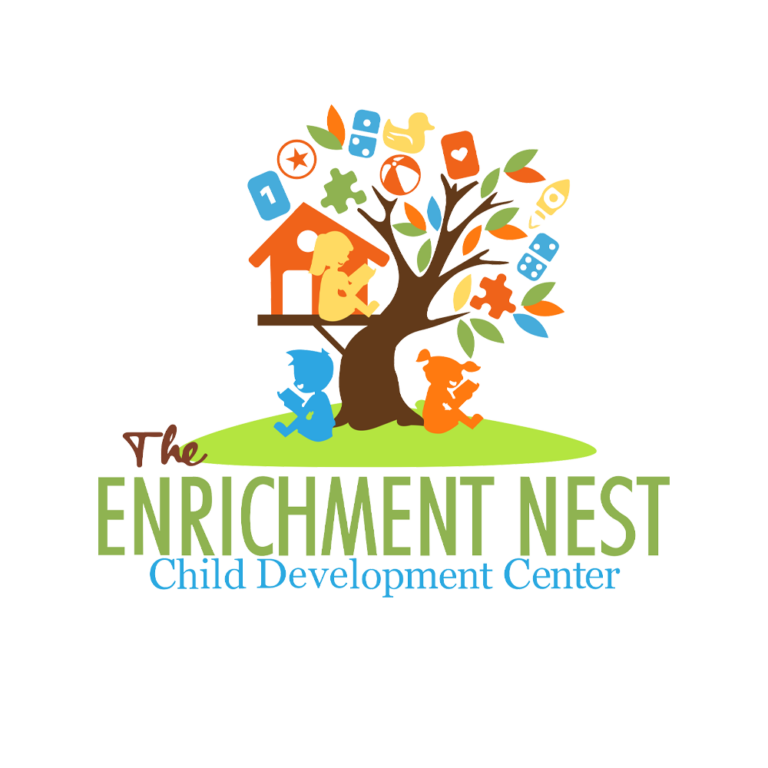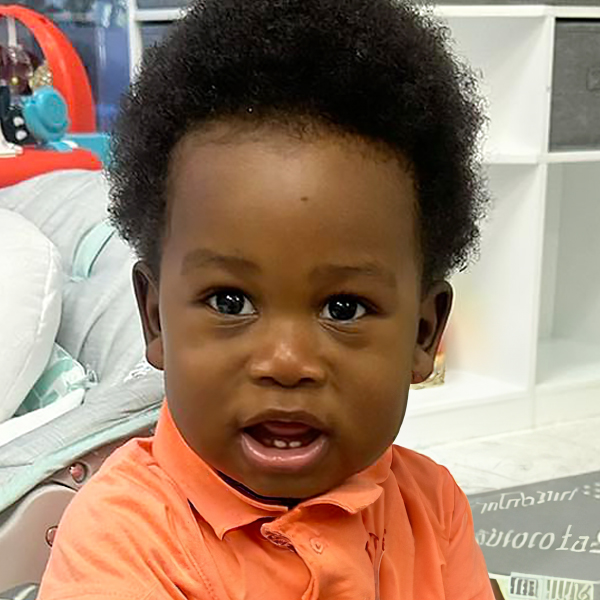Wecome back! This blog will begin the first in a series of teaching your toddler math at the earliest age possible. Please, get involved and give your child the attention and love that they deserve, the journey begins with you so lets get started, The Enrichment Nest supports you in this ongoing task to make your child stand out above the rest.
As parents, we all want to give our children the best start in life, and that includes nurturing their mathematical skills from an early age. Fortunately, teaching math to toddlers between the ages of 2 and 5 can be an enjoyable and rewarding experience for both parents and children. One effective method to introduce mathematical concepts to young minds is through rote counting.
Rote counting involves the repetition of numbers in sequence, laying the foundation for understanding numerical order and quantity. Here are five creative ways parents can incorporate rote counting into their daily routines to help their toddlers grasp basic math concepts:
- Counting Steps: Turn everyday activities like climbing stairs into opportunities for learning. Encourage your toddler to count each step as they ascend or descend. For instance, while going up the stairs, say, “One step, two steps, three steps…” This not only reinforces rote counting but also helps develop their spatial awareness and coordination.
- Counting Toys: Use your child’s toys as tools for learning. Arrange blocks, cars, or stuffed animals in a line and ask your toddler to count them one by one. Start with smaller sets and gradually increase the number as their counting skills improve. For instance, you can say, “Let’s count the teddy bears. One, two, three, four…”
- Counting Snacks: Snack time presents another opportunity to practice rote counting. Whether it’s grapes, crackers, or pieces of cheese, have your toddler count out how many they have on their plate. You can say, “How many grapes do you have? Let’s count together. One grape, two grapes, three grapes…”
- Counting Fingers: Harness the natural curiosity of toddlers by using their fingers for counting. Start by counting their fingers aloud together. Then, encourage them to count their own fingers independently. This tactile approach helps reinforce the connection between numbers and quantities. You could say, “Show me how many fingers you have. Let’s count them together. One, two, three…”
- Counting Books: Reading is not only fundamental for language development but also for mathematical literacy. Choose picture books with simple illustrations that depict objects or animals your child can count. As you read together, encourage them to count the items on each page. For example, “How many apples are in the basket? Let’s count them together. One apple, two apples, three apples…”
Incorporating rote counting into daily activities fosters a positive attitude towards math and sets the stage for more complex mathematical concepts later on. Remember to keep the learning experience fun and engaging by celebrating your toddler’s achievements and providing plenty of encouragement along the way.
In conclusion, teaching math to toddlers doesn’t have to be daunting. By integrating rote counting into everyday routines, parents can lay a strong foundation for their child’s mathematical development while creating cherished bonding moments. So, grab those toys, snacks, and books, and embark on this exciting mathematical journey with your little one!






